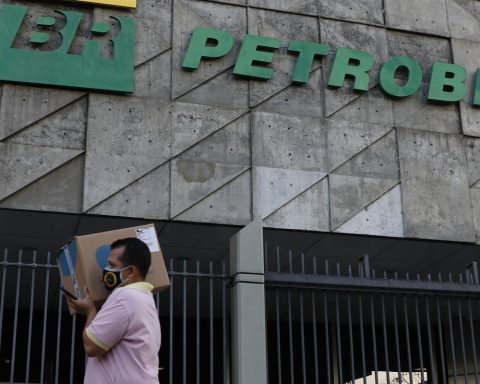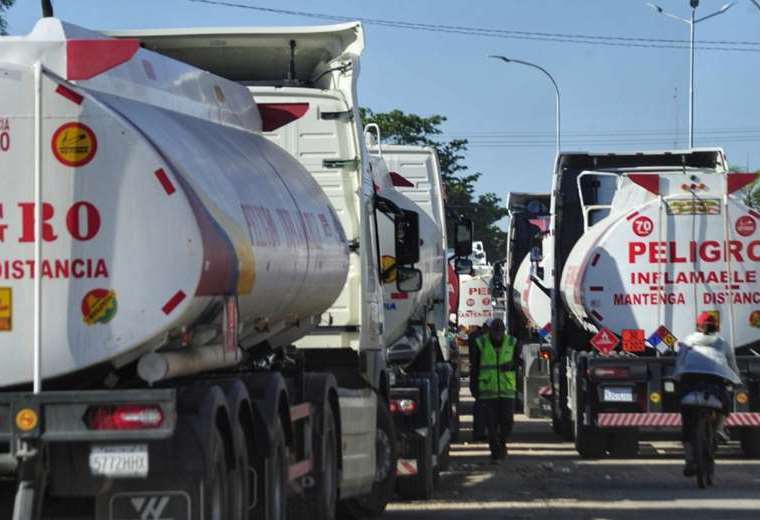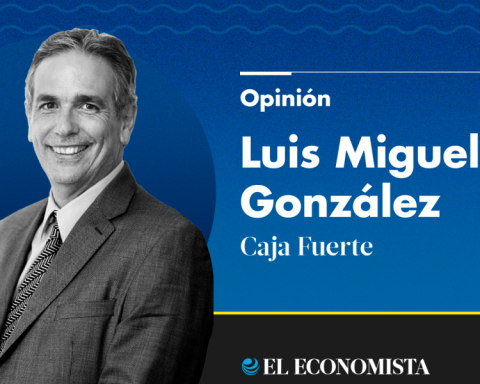The Central Bank (BC) predicts that the volume of bank credit will grow by 7.6% in 2023, against the previous forecast of 8.3%, released in December last year. The new projection continues to indicate “a deceleration process in the pace of credit growth compatible with the cycle of monetary tightening”.
The information is from Inflation Report, quarterly publication of BC, released today (30). According to the document, the decrease in the projection was determined by free credit, which should expand by 7.1%. The previous projection was 8.6%.
Free credit is one in which banks have the autonomy to lend money raised in the market and define the interest rates charged to customers. Directed credit, on the other hand, has rules defined by the government and is intended, basically, for the housing, rural, infrastructure and microcredit sectors.
With regard to individuals (PF), the expected increase this year for the stock of credit with free resources fell from 9% to 8%. According to BC, this review incorporates the advance of default and the high levels of indebtedness and income commitment.
Default (considering arrears of more than 90 days) was 6.1% in February, for individuals. Household indebtedness – the ratio between the balance of debts and income accumulated in 12 months – stood at 48.8% in January. Income commitment – ratio between the average amount for debt payment and the average income calculated in the period – stood at 27.1% in January.
In the case of free credit for companies, the projection was revised from 8% to 6%, “already considering the environment of greater risk aversion in the short term due to specific events related to large companies”.
The deceleration in non-earmarked credit was partially offset by the stronger pace of growth in earmarked credit. The projection for this segment is for growth of 8.3%, against the previous estimate of 8%. The projection for individuals is 9% and companies, 7%.
“The credit market data released since the previous report came in below expectations, especially in the segments with free resources, which contributed to the credit balance closing the year 2022 with interannual growth of 14%, below the projection of 15.1%. The decrease in the pace of credit growth compared to that recorded in 2021, 16.4%, reflected the impact of the Selic hike cycle and the cooling of economic activity at the end of 2022 ”, completed the BC.
external accounts
In the external accounts, the change in the scenario for the year 2023 was limited to current transactions. The projection is for a smaller deficit in the accounts, from US$ 49 billion to US$ 32 billion. According to the BC, the revision stems from the upward reassessment of the expected trade balance balance, from US$ 46 billion to US$ 62 billion.
The expected deficit of the service account was maintained at US$ 36 billion, below that registered in 2022 (US$ 40 billion). “The perspective of reduction in relation to the previous year reflects lower transport expenses resulting from the gradual normalization in the costs of air and waterway modes and the reduction in the volume of imported goods. Travel spending, however, should increase compared to the previous year, returning to levels close to pre-pandemic ”, says the report.
For the primary income account, net interest expenditures are expected to increase by US$ 25 billion in 2023, compared to 2022, when US$ 19 billion were spent. “However, the reduction in stocks of securities abroad, reflecting the higher levels of basic interest rates in developed countries, limits the deficit in this account”, explained the BC. Thus, the primary income deficit forecast increased from US$ 62 billion to US$ 61 billion.
In the financial account, projections were maintained, with emphasis on the expectation of another year with net inflows in direct investments in the country (IDP) in an amount greater than the expected deficit for current transactions and approaching the average observed in the decade before the pandemic. The estimated IDP in 2023 was US$ 75 billion.
When the country registers a negative current account balance, it needs to cover the deficit with investments or loans abroad. The best form of financing the negative balance is the IDP, because the resources are invested in the productive sector and tend to be long-term investments.
















